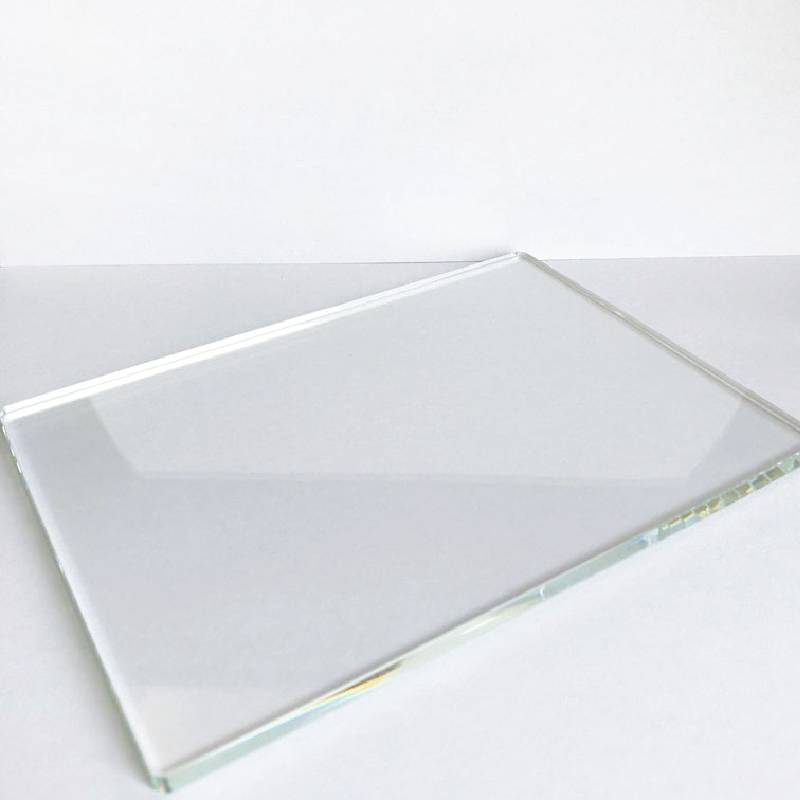The Process and Significance of Float Glass Production
Float glass, a benchmark in the glazing industry, has revolutionized the way we view glass in both architectural and automotive applications. With its unparalleled clarity and uniform thickness, float glass is a dominant choice for windows, facades, and mirrors. The production of float glass is a sophisticated process that combines innovation, precision, and sustainability, making it a crucial component in modern construction and design.
The Float Glass Manufacturing Process
The production of float glass begins with the careful selection of raw materials. The primary ingredients include silica sand, soda ash, and limestone, which are mixed in precise proportions. Additional additives may be included to achieve specific properties, such as improved thermal resistance or enhanced durability.
The raw materials are then heated in a furnace at temperatures exceeding 1,600 degrees Celsius (approximately 3,000 degrees Fahrenheit). This intense heat melts the raw materials into molten glass. Achieving the right temperature is crucial, as it ensures a homogenous mix without any impurities.
Once the mixture is melted, it is transferred to a float bath, which is typically made of molten tin. The key principle of the float glass process revolves around this float bath. Molten glass is poured onto the surface of the molten tin, where it spreads out and forms a continuous ribbon. As the glass floats, it naturally levels out, creating a uniform thickness and a smooth surface. This unique floating method not only produces glass with superior clarity but also eliminates the need for additional polishing processes, saving both time and resources.
As the glass ribbon moves along the float bath, it gradually cools. The controlled cooling process, known as annealing, is essential for relieving internal stresses that could lead to breakage and to ensure the glass maintains its shape and properties. Once the glass reaches the desired thickness and has cooled sufficiently, it is cut into sheets, typically in sizes ranging from large panels for buildings to smaller pieces for mirrors and displays.
Applications of Float Glass
float glass production
The versatility of float glass makes it ideal for various applications. In architecture, it is used for window glazing, storefronts, and facades, providing impressive aesthetics while enhancing energy efficiency. The clarity and smoothness of float glass maximize natural light entrance, contributing to greener building designs. Moreover, it can be treated with coatings to improve thermal insulation and reduce solar glare, making it a favorite in modern eco-friendly architecture.
In the automotive industry, float glass is used for windshields, side windows, and rear windows. Its clarity and strength are crucial for safety and visibility, while the ability to temper or laminate float glass enhances its durability and resistance against impacts. This is particularly important in the fast-paced world of automotive design, where safety regulations are paramount.
Sustainability Aspects of Float Glass Production
In recent years, the float glass industry has made significant strides toward sustainability. The production process is energy-intensive; however, technological advancements have led to the development of more energy-efficient furnaces. Many manufacturers are now utilizing recycled glass, known as cullet, in their production processes. Incorporating cullet reduces energy consumption and raw material waste, supporting a circular economy.
Additionally, manufacturers are increasingly investing in renewable energy sources to power their operations. Implementing energy-efficient technologies not only significantly lowers greenhouse gas emissions but also aligns with global efforts to combat climate change.
Conclusion
Float glass production is an intricate blend of traditional craftsmanship and modern technology, resulting in a product that is not only beautiful but also functional and sustainable. The significance of float glass in architecture, automotive, and interior design cannot be overstated, as it continues to enhance our environments and experiences. As the industry evolves, embracing sustainability and innovative technologies will be essential to meet the demands of a changing world, ensuring that float glass remains a cornerstone of contemporary construction and design for years to come.
 Afrikaans
Afrikaans  Albanian
Albanian  Amharic
Amharic  Arabic
Arabic  Armenian
Armenian  Azerbaijani
Azerbaijani  Basque
Basque  Belarusian
Belarusian  Bengali
Bengali  Bosnian
Bosnian  Bulgarian
Bulgarian  Catalan
Catalan  Cebuano
Cebuano  Corsican
Corsican  Croatian
Croatian  Czech
Czech  Danish
Danish  Dutch
Dutch  English
English  Esperanto
Esperanto  Estonian
Estonian  Finnish
Finnish  French
French  Frisian
Frisian  Galician
Galician  Georgian
Georgian  German
German  Greek
Greek  Gujarati
Gujarati  Haitian Creole
Haitian Creole  hausa
hausa  hawaiian
hawaiian  Hebrew
Hebrew  Hindi
Hindi  Miao
Miao  Hungarian
Hungarian  Icelandic
Icelandic  igbo
igbo  Indonesian
Indonesian  irish
irish  Italian
Italian  Japanese
Japanese  Javanese
Javanese  Kannada
Kannada  kazakh
kazakh  Khmer
Khmer  Rwandese
Rwandese  Korean
Korean  Kurdish
Kurdish  Kyrgyz
Kyrgyz  Lao
Lao  Latin
Latin  Latvian
Latvian  Lithuanian
Lithuanian  Luxembourgish
Luxembourgish  Macedonian
Macedonian  Malgashi
Malgashi  Malay
Malay  Malayalam
Malayalam  Maltese
Maltese  Maori
Maori  Marathi
Marathi  Mongolian
Mongolian  Myanmar
Myanmar  Nepali
Nepali  Norwegian
Norwegian  Norwegian
Norwegian  Occitan
Occitan  Pashto
Pashto  Persian
Persian  Polish
Polish  Portuguese
Portuguese  Punjabi
Punjabi  Romanian
Romanian  Russian
Russian  Samoan
Samoan  Scottish Gaelic
Scottish Gaelic  Serbian
Serbian  Sesotho
Sesotho  Shona
Shona  Sindhi
Sindhi  Sinhala
Sinhala  Slovak
Slovak  Slovenian
Slovenian  Somali
Somali  Spanish
Spanish  Sundanese
Sundanese  Swahili
Swahili  Swedish
Swedish  Tagalog
Tagalog  Tajik
Tajik  Tamil
Tamil  Tatar
Tatar  Telugu
Telugu  Thai
Thai  Turkish
Turkish  Turkmen
Turkmen  Ukrainian
Ukrainian  Urdu
Urdu  Uighur
Uighur  Uzbek
Uzbek  Vietnamese
Vietnamese  Welsh
Welsh  Bantu
Bantu  Yiddish
Yiddish  Yoruba
Yoruba  Zulu
Zulu 

